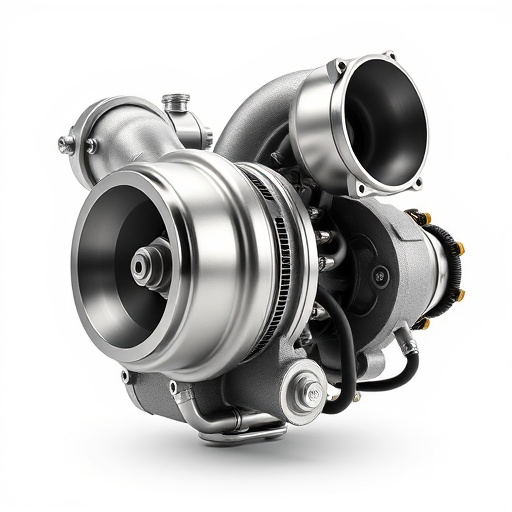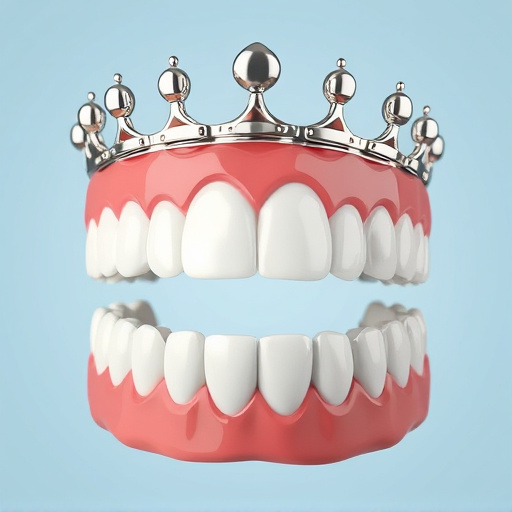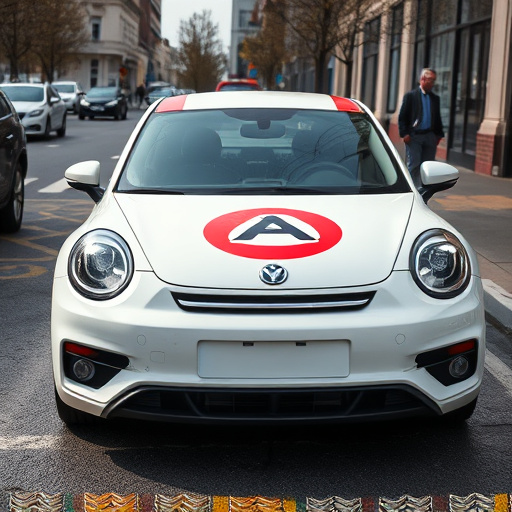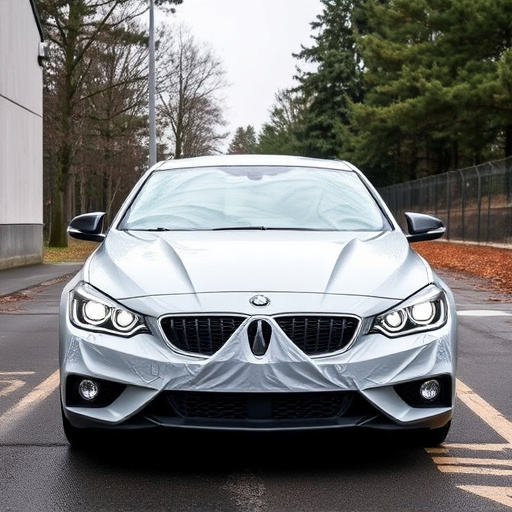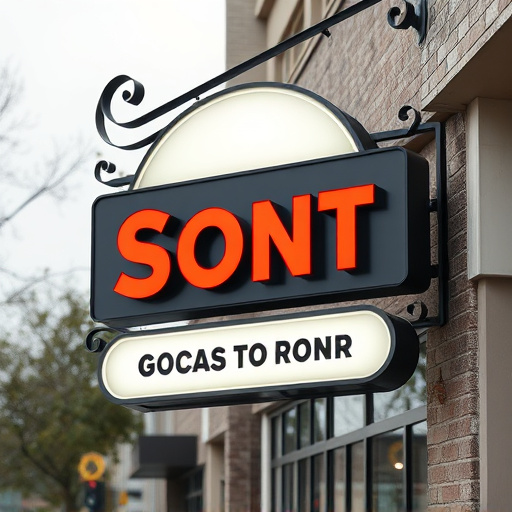Successful logo design creation leverages user psychology by combining visual elements like hierarchy and color theory to evoke emotions and ensure memorability. Aligning logos with target audiences' values and aspirations increases resonance. Strategic use of shapes, colors, and symbols creates emotional connections that influence purchasing decisions and foster brand loyalty, with custom graphics enhancing the impact.
“Unleash the power of psychology in logo design creation with our insightful guide. Discover how understanding user psychology can significantly impact your brand’s identity. Explore cognitive science principles behind visual interpretation and learn to craft memorable brands through emotional design. By merging scientific insights with creative strategy, you’ll enhance your logo design process, ensuring it resonates with audiences on a deeper level. Dive into these key concepts for effective logo design creation.”
- Understanding User Psychology for Logo Impact
- Cognitive Science: How We Interpret Visuals
- Emotional Design: Crafting Memorable Brands
Understanding User Psychology for Logo Impact
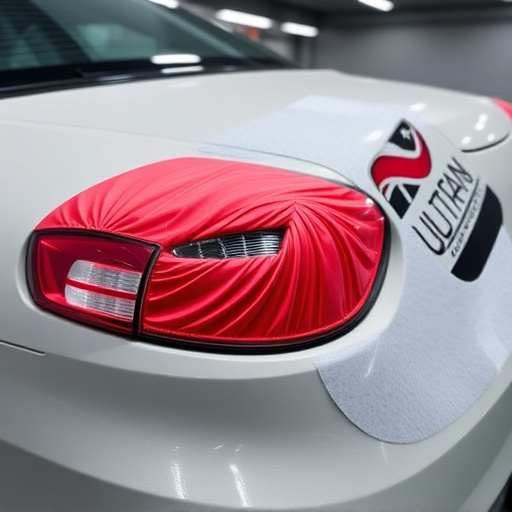
Understanding user psychology is a cornerstone in strategic logo design creation. When crafting a logo, designers must consider how viewers will perceive and interact with it. This involves understanding visual hierarchy, color theory, and cultural nuances that influence interpretation. For instance, colors can evoke specific emotions; red might signify passion or danger, while blue often conveys trust and calmness. Custom vehicle wraps, known for their vibrant designs, leverage these psychological principles to create impactful visuals that grab attention on the road.
Additionally, understanding user behavior and needs is vital. A logo should resonate with its target audience, reflecting their values and aspirations. Effective logos also simplify complex ideas, making them easily memorable. This concept is particularly relevant in the realm of vehicle protection and paint correction services, where a well-designed logo can differentiate a brand by appealing to customers seeking quality and reliability.
Cognitive Science: How We Interpret Visuals

Our brains are incredibly adept at interpreting visual cues, a skill rooted in cognitive science. When we encounter a logo design creation, our minds swiftly unravel a complex process to assign meaning and understanding. This happens through several mechanisms, including shape recognition, color psychology, and cultural associations. For instance, a circular shape might evoke a sense of wholeness or unity, while a triangle can symbolize stability or even danger, depending on context. Colors too play a pivotal role; blue is often linked to trust and calmness, red to passion and urgency.
In the realm of logo design creation, these psychological elements are wielded strategically. Designers carefully curate symbols and hues not just for aesthetic appeal but to invoke specific emotional responses from their target audience. Consider automotive detailing logos that use reflective, shimmering colors to convey precision and sophistication. Similarly, a professional PPF installation company’s logo might feature sharp geometric lines to represent protection and security, akin to a fortress. Protective coatings companies could utilize earthy tones to evoke a sense of safety and reliability.
Emotional Design: Crafting Memorable Brands
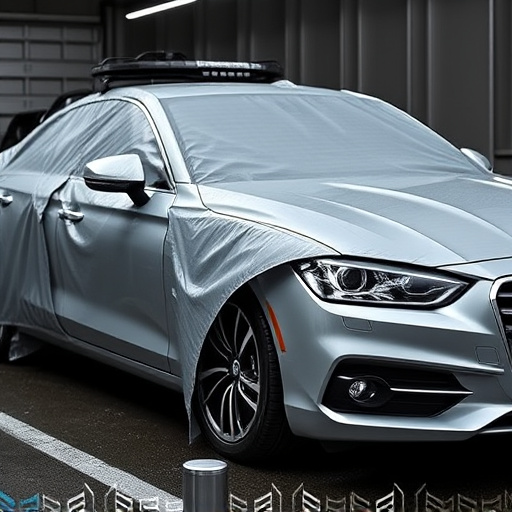
Emotional design plays a pivotal role in strategic logo creation, as it aims to forge an instant connection between a brand and its audience. Through carefully crafted visual elements, colors, and shapes, designers can evoke specific emotions that resonate with consumers. For instance, warm hues and organic forms can inspire feelings of comfort and familiarity, making the brand feel approachable and inviting. Conversely, bold geometric patterns and vibrant colors may conjure energy and excitement, positioning the brand as dynamic and innovative.
In the context of logo design creation, this emotional connection is what transforms a mere visual symbol into a memorable brand identity. When consumers interact with a logo that evokes positive emotions, they are more likely to develop a lasting association with the brand. This emotional attachment goes beyond mere aesthetics; it influences purchasing decisions and fosters brand loyalty. High-quality finishes and custom graphics, when executed thoughtfully, can enhance this emotional impact by adding a layer of sophistication and uniqueness to the overall brand experience, much like a signature on a work of art that captivates viewers.
Strategic logo design creation goes beyond aesthetics; it leverages the psychology of user perception, cognitive processing, and emotional responses. By understanding how users interpret visuals and crafting memorable brands through emotional design, designers can create logos that not only stand out but also resonate deeply with their target audiences. This multi-faceted approach ensures that a logo design creation is impactful, enduring, and truly reflects the essence of a brand in today’s competitive marketplace.

